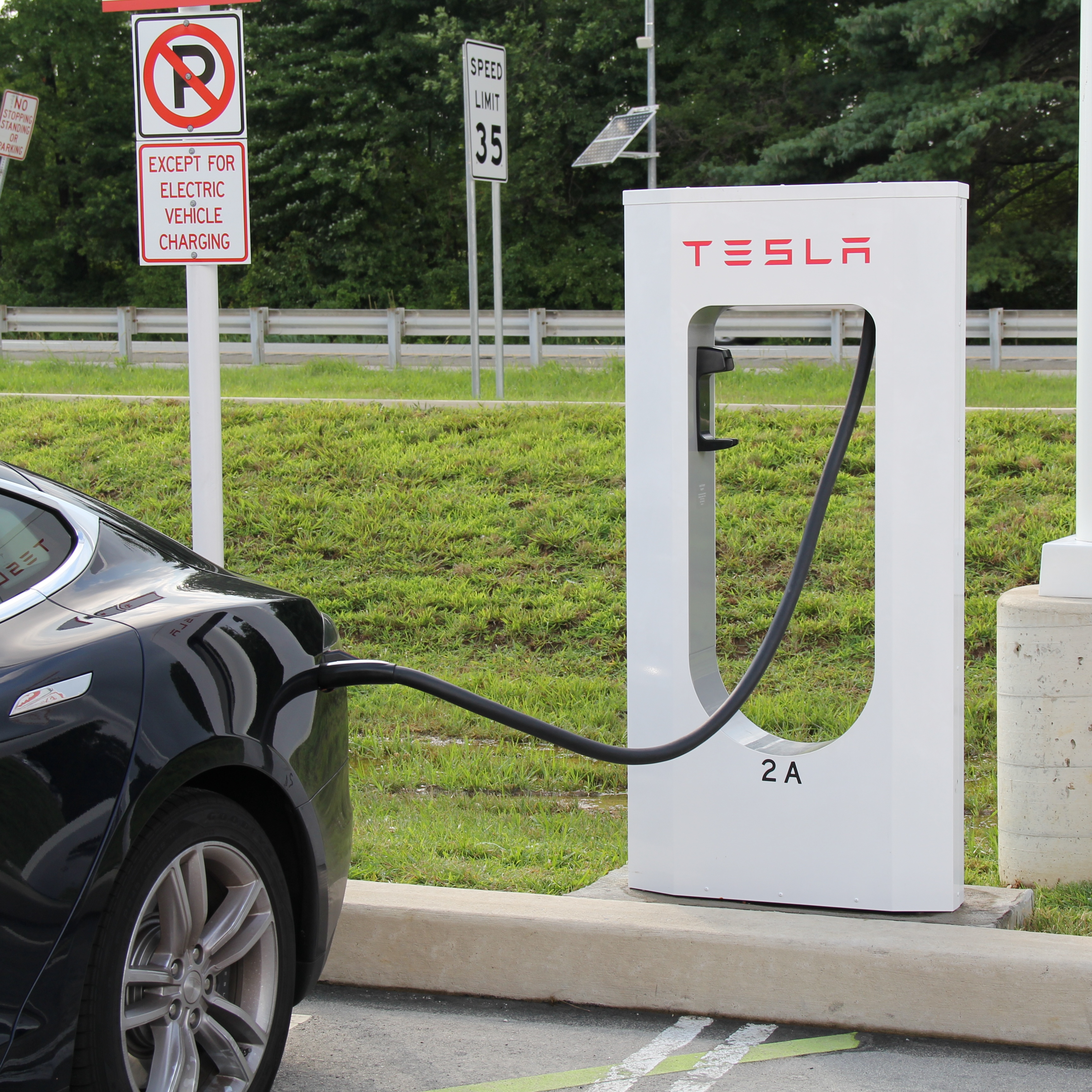Energy
OPEC World Oil Outlook: Higher Demand, More Competition From Electric Vehicles

Published:
Last Updated:

The Organization of the Petroleum Exporting Countries (OPEC) released the 2017 version of its World Oil Outlook Tuesday morning. Perhaps the most interesting projection in the new Outlook calls for an increase in demand for oil of 15.8 million barrels a day between 2016 and 2040.
World demand in 2016 totaled 95.4 million barrels a day and the latest OPEC forecast pushes that to 111.1 barrels a day in 2040. That total comprises a decline of 8.9 million barrels a day in demand from developed (OECD) countries and an increase of 24 million barrels a day in developing countries’ demand. China alone will add 6.0 million barrels a day to its demand over the forecast period and India will add 5.9 million barrels a day.
The Outlook also foresees a decline in demand growth:
Long term global oil demand growth is forecast to decelerate steadily, falling from an annual average of around 1.3 mb/d during the period 2016–2020 to only 0.3 mb/d every year between 2035 and 2040. This deceleration is a result of slowing GDP growth, assumed oil price increases, a structural shift of economies towards a more service-oriented structure, efficiency improvements as a result of tightening energy efficiency policies and/or technological improvements, and oil facing strong competition from other energy sources.
Among those other energy sources is electricity as fuel for electric cars. Last summer, Bloomberg New Energy Finance (BNEF) forecast that electric vehicles will account for 54% of global car sales by 2040. BNEF further expects just over a third of all cars on the road in 2040 to be electric. That amounts to 530 million electric vehicles in a global fleet of about 1.56 billion, up from 1.28 billion in 2015.
In OPEC’s Outlook, the cartel reaches a similar number for the EV market by 2040 in what it calls its Sensitivity Case:
Focusing on the penetration of EVs [electric vehicles] in the passenger car segment, an alternative sensitivity has been developed: the Sensitivity Case. In this sensitivity, a more optimistic view is taken on the penetration of EVs with the assumption that annual EV sales reach 80 million by 2040. This would mean that three out of every five cars sold in 2040 would be electric.
Under the assumption that the increasing EV penetration in the passenger car segment in the Sensitivity Case spreads, at least partially, to commercial vehicles, particularly in the medium-duty segment, oil demand in 2040 is reduced by 2.5 mb/d compared to the Reference Case, to total 108.6 mb/d. Moreover, global oil demand is estimated to plateau around this level in the second half of the 2030s.
For OPEC, this Sensitivity Case is, in fact, a worst case scenario if BNEF’s projection turns out to be true. There are about 1.2 million EVs on the world’s roads and highways today, and if there are 530 million by 2040 that yields a compound annual growth rate of more than 27%.
While demand for oil and refined petroleum products for transportation still will be substantial, by 2040 the handwriting could be on the wall. OPEC’s projection of a plateau of 108.6 million barrels a day of demand by the late 2030s implies that there is a cliff somewhere at the other side of that plateau. The only question is how steeply it drops off.
The full World Oil Outlook is available from the OPEC website.
Start by taking a quick retirement quiz from SmartAsset that will match you with up to 3 financial advisors that serve your area and beyond in 5 minutes, or less.
Each advisor has been vetted by SmartAsset and is held to a fiduciary standard to act in your best interests.
Here’s how it works:
1. Answer SmartAsset advisor match quiz
2. Review your pre-screened matches at your leisure. Check out the advisors’ profiles.
3. Speak with advisors at no cost to you. Have an introductory call on the phone or introduction in person and choose whom to work with in the future
Get started right here.
Thank you for reading! Have some feedback for us?
Contact the 24/7 Wall St. editorial team.